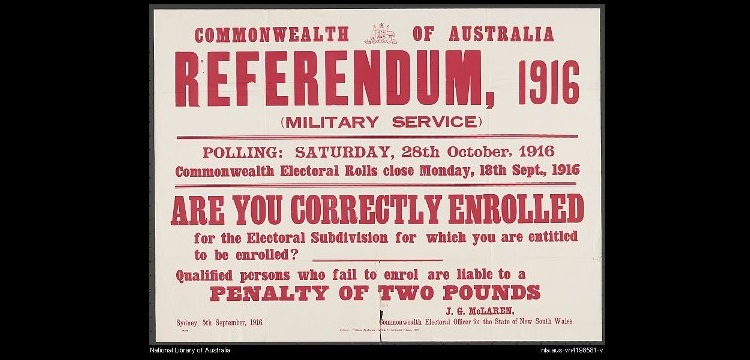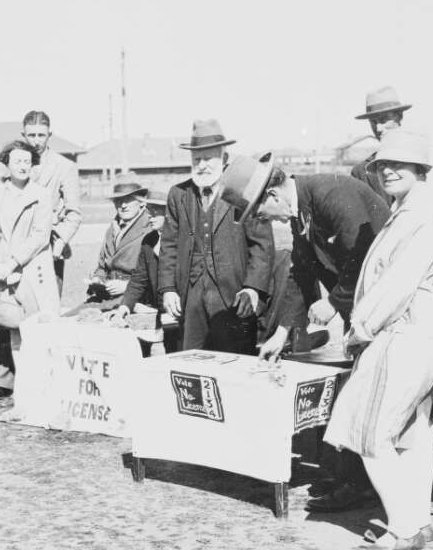- In 1902 the first Commonwealth Parliament passed the Commonwealth Franchise Act of 1902 which granted universal adult suffrage to most men and women over 21 excluding Aboriginal and Torres Strait Islander people. The introduction date of votes for women in state elections however, varied
- In 1911 compulsory enrolment was introduced
- In 1962 the Commonwealth Electoral Act 1918 was amended to grant all Aboriginal and Torres Strait Islander people the right to vote in Commonwealth elections. Enrolment was voluntary but once enrolled, voting was compulsory
- In 1984 compulsory enrolment and voting for Aboriginal and Torres Strait Islander people was introduced
SUFFRAGE MILESTONES IN AUSTRALIA

Electoral rolls list people who are registered and eligible to vote at federal, state, territory and local government elections and referenda. Before Federation and for some years afterwards, there were separate rolls for Commonwealth and for state elections. The Commonwealth Electoral Commission now produces these rolls for each state. A separate state roll is still maintained by Western Australia.
The Library holds fairly comprehensive runs of historical Commonwealth electoral rolls dating from 1903. Please contact the AEC (Australian Electoral Commission) regarding current electoral rolls.
What information can I find on electoral rolls?
Australian electoral rolls contain the following details on each registered voter:
- name
- address
- occupation (omitted after 1983)
- gender
Electoral rolls can be of great value to family historians and other researchers as they help to locate the residential address of a known person in a particular year or over a period of years as well as changes of address over time. They can also help identify other adult family members living at the same address. In this way they can be used as a substitute for census records.
How are electoral rolls arranged?
Since 1990, the microfilmed electoral rolls list voters in a single alphabetical list according to surname and first names within each State or Territory.
Prior to 1990, the rolls list voters in alphabetical order by surname and first names within each Sub-division of an electoral Division of each State or Territory.
If you do not know the name of the electorate (Division) or Sub-division but know the name of a city, town or locality then the Commonwealth of Australia, 1901-1988, electoral redistributions [atlas] accessible in the Newspapers and Family History zone will help to identify the location.
Alternatively you can use the Alphabetical List of Polling Places [by state] to identify locations. These Alphabetical Lists are on open access in the Newspapers and Family History zone in a drawer of the electoral rolls microfiche cabinet.
NB: There is a gap between 1985 and 1987 for all State and Territories when the rolls were not published in print format and the Library received no microfiche copies. No rolls on microfiche have been received since January 2008 or printed rolls since 2009.
Australian Electoral Commission
The website of the Australian Electoral Commission (AEC) provides information on Australian electoral history, past federal electoral events, referenda, Aboriginal and Torres Strait Islander Commissions' elections and more.
An electronic copy of the current electoral roll is available for public inspection at any AEC office.
Please note the following advice from the AEC website:
"The electoral roll is not available for sale in any format. The AEC protects personal information on the electoral roll from being misused under the provisions of the Privacy Act 1988."
WHAT WE CAN DO FOR YOU
The Library will provide a limited look-up service for researchers. However, you should provide us with at least the name of the voter and their likely residence and year of search required. You can make your request through Ask-a-Librarian.
Please note that our look-up service is NOT available to those whose intended use of electoral roll information is for commercial purposes nor does it include the provision of electronic copies of electoral roll entries.
Not sure where to start?
RELATED BLOG POSTS
